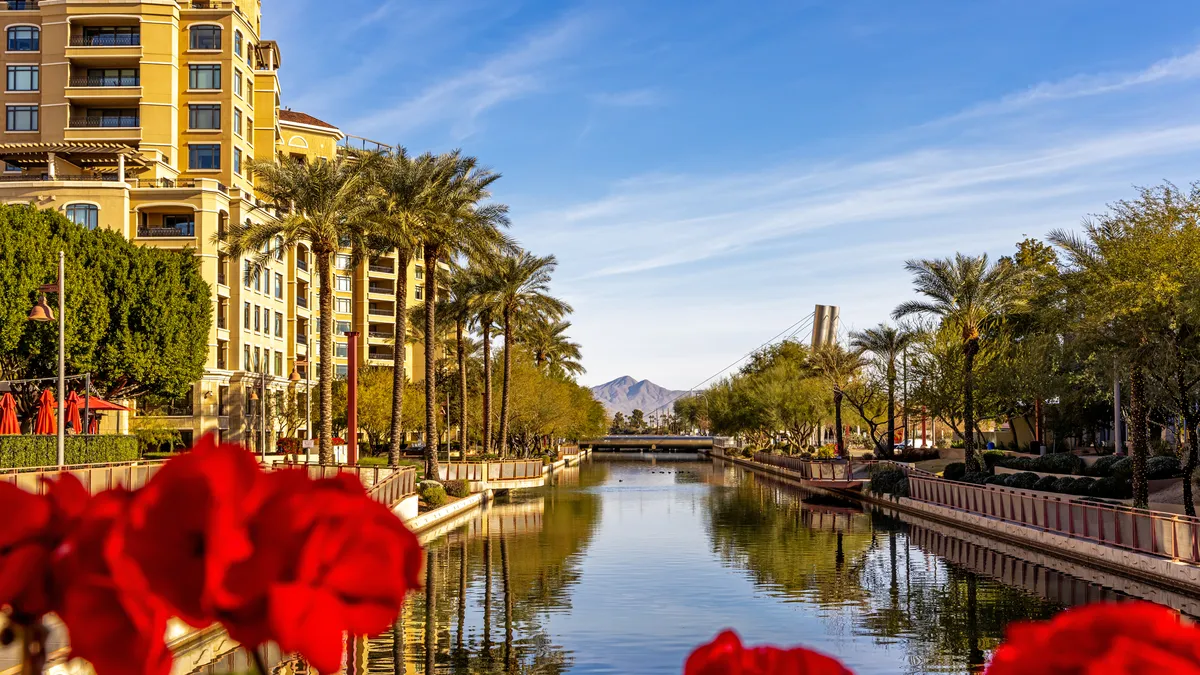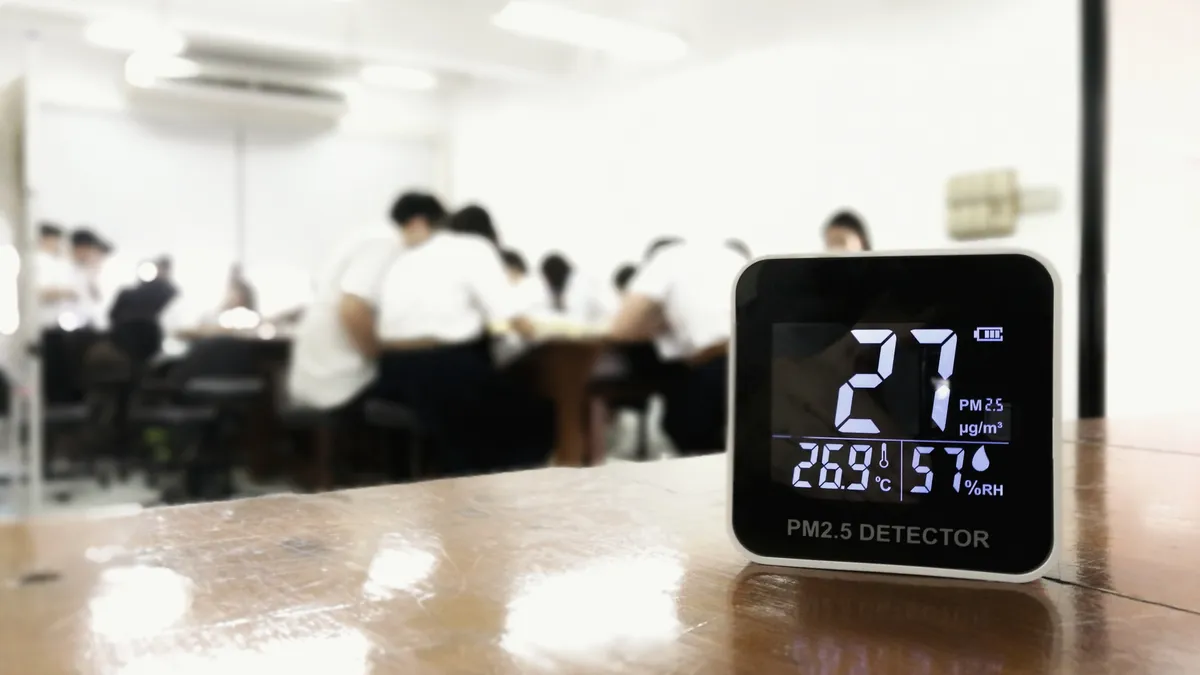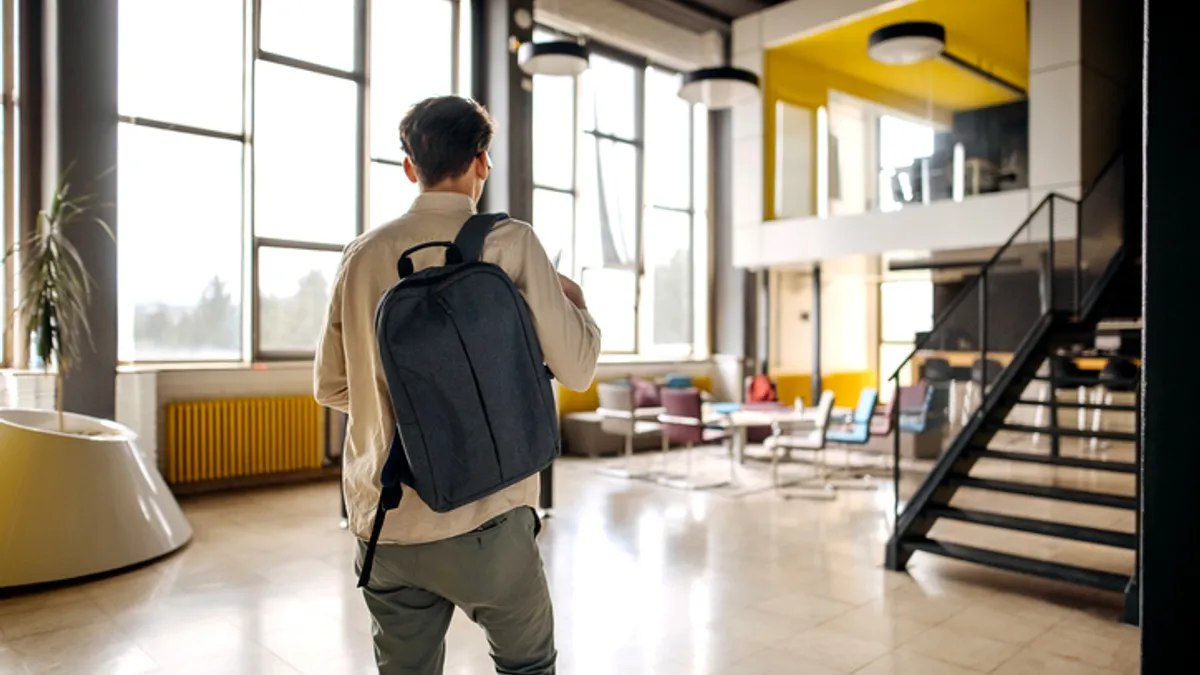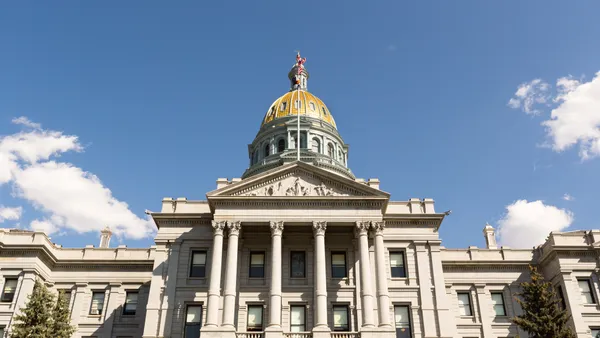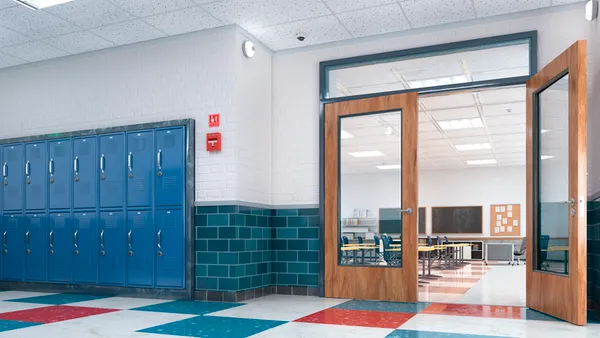Dive Brief:
- Scottsdale City Council has officially implemented the adoption of the 2021 International Energy Conservation Code and the International Green Construction Code as a mandatory regulation, effective July 1.
- These standards are expected to cut water use in new buildings by 20% and greenhouse gas emissions by at least 13%, according to a recent note by the city’s chief development officer Michael Clack.
- Scottsdale says it is the first Arizona city and one of the few U.S. cities to implement such guidelines aimed at encouraging developers of new commercial and multi-family building construction and remodeling projects to go green.
Dive Insight:
The code, which the Scottsdale City Council voted on last December, intends to mitigate environmental impacts, protect natural resources, and boost the resiliency and energy efficiency of buildings.
The city’s green code provisions include:
- Implementing site-shading and low-impact hardscape surfaces to dampen the heat island effect.
- Locally sourcing low-impact building materials, from within 500 miles of the building site.
- Providing electric vehicle charging infrastructure for non-residential buildings
- Improving indoor air quality with low-VOC interior paints, coatings, sealants, adhesives and flooring.
- Lowering energy consumption with energy-efficient building envelopes, mechanical systems, lighting controls and renewable energy sources
- Diverting 50% of construction waste from landfill for recycling and reuse
- Improving indoor environmental quality through minimum daylighting measures, based on use and occupancy.
- Using biodiversity-certified lumber for building projects that use wood framing, sheathing and flooring
- Putting commissioning teams in place to verify and document the installation, and to test building system operation in line with design and project requirements.
Scottsdale City’s green building program manager Anthony Floyd said that the green construction code, or IgCC, was amended to be in line with the IECC or the energy code. That amendment was made by deleting sections from the prior 2015 edition of the green construction code that provided inordinately elaborate guidelines on water and lighting systems, green cleaning, transportation management, indoor air quality protocols, acoustics testing, daylighting and interior sound transmission requirements, and other related processes. Developers were compelled to follow these guidelines before obtaining building permits and allowing occupants.
“We deleted these aspects [because] we felt that the energy code provisions and exceptions were much simpler and more straightforward. That’s why we decided to go with the commissioning requirements in the energy code,” Floyd said in an interview.
The IECC went into effect January 2023.
Most IgCC measures, including stormwater management, and exterior site lighting and design guidelines as part of a dark sky ordinance, are already required in Scottsdale’s codes and design standards. Floyd pointed out that the amended edition of the IgCC would remove this duplication of requirements.
The new IgCC edition is also interpolated with requirements to provide on-site renewable energy. These include a need for building projects to contain on-site photovoltaic systems with a total rated capacity determined by one of the following factors:
- Not less than 3% of the annual estimated energy used within the building for mechanical systems, service water-heating and lighting.
- Not less than 2 watts per square foot (22 W/m2) multiplied by the horizontal projection of the gross roof area over semi-heated and conditioned spaces.
Buildings less than 5,000 square feet, as well as those with on-site renewable systems other than photovoltaic that result in an equal or greater annual energy production, are exempt from these requirements. Buildings permitted to replace all or part of the required renewable generation with equivalent annual energy savings are also exempt from being commissioned. These annual energy savings will be determined based on the total building performance compliance path laid out in Section C407 of the IECC.
“That means a building can get around these requirements if it improves its energy efficiency by at least 20% above the energy code or the baseline building. It’s basically a case of a building being more efficient and using less energy,” Floyd explained.
Additionally, the provisions of the IECC’s requirements allude to operations and maintenance manuals for each piece of equipment, replete with an upfront commissioning plan that lists all parties on the commissioning team and delineates the processes that will be tested and verified. During the course of functional performance testing, sub-contractors are required to correct any deficiencies, identified by a commissioning agent, who will then produce performance reports and share periodic updates with building owners, building managers and facilities managers.
“We’re hiring a plan reviewer for green and energy compliance in the next few months to help implement this,” Floyd said. “We’re finalizing that process with our human resources department. We hope to post that job by next month.”



